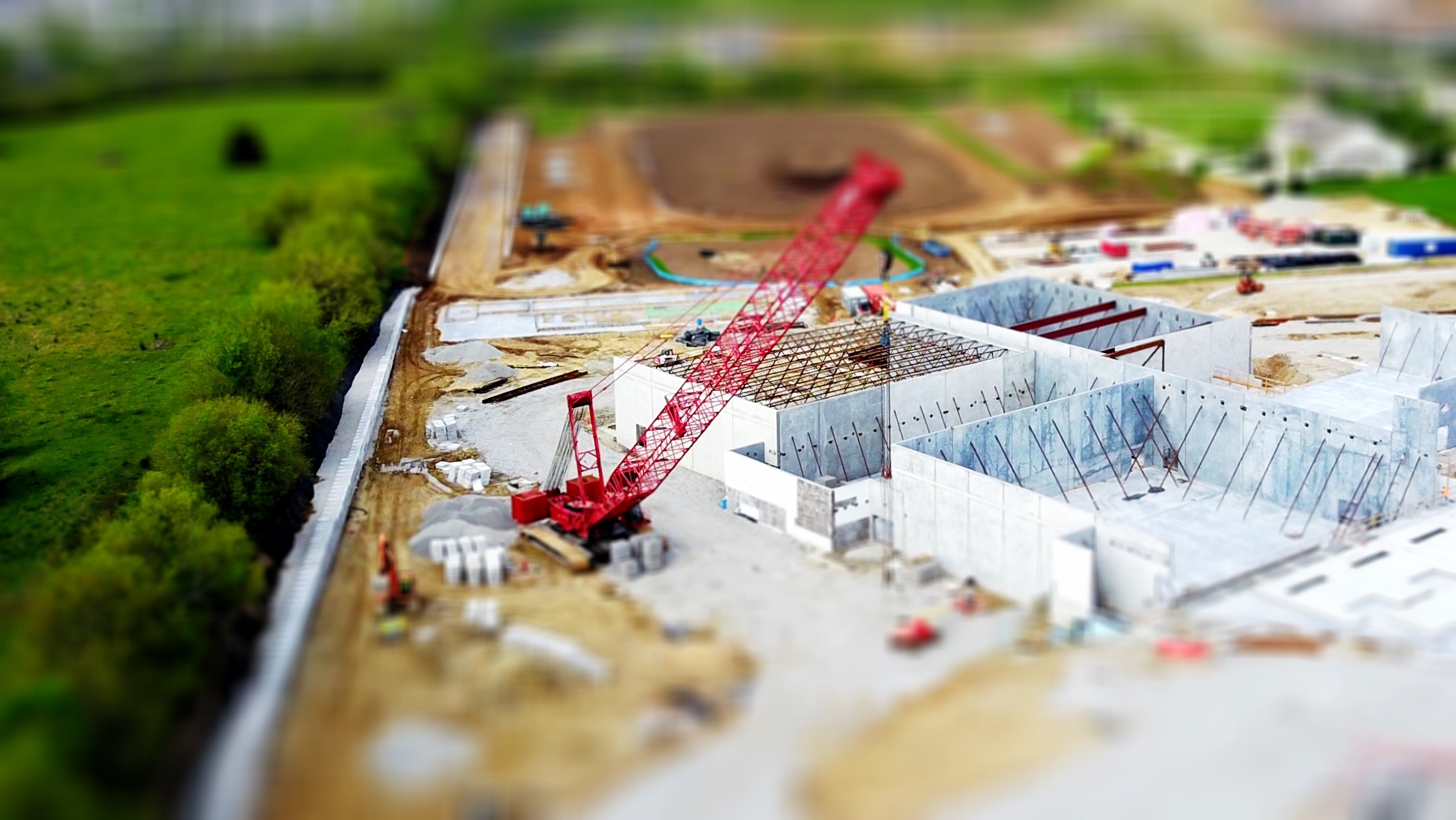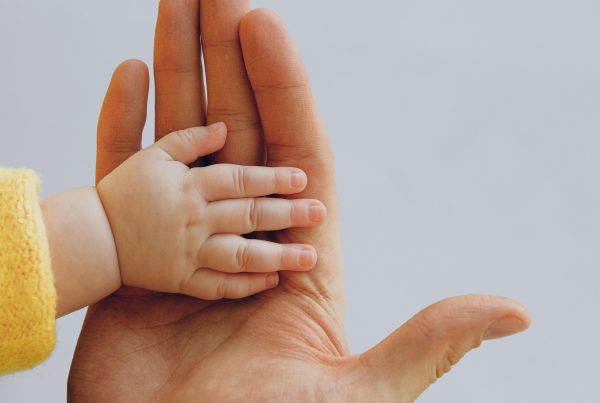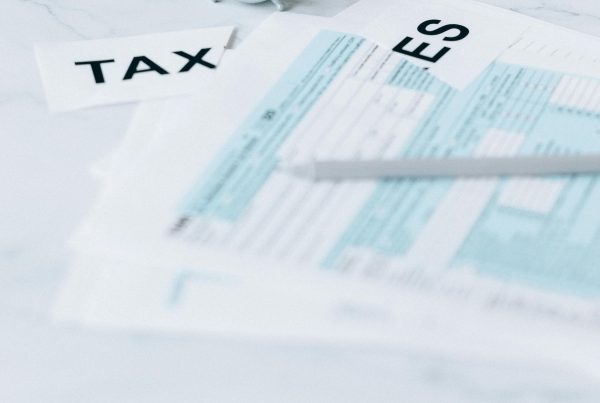Building Delays May Cost You In More Ways Than One
Most of Australia has been experiencing a building boom, fuelled by government policy such as the HomeBuilder scheme and a general desire to make our living spaces better as we spend more time working, educating and living at home. However, with global supply chains and transport routes disrupted due to the effects of COVID-19, there have been well publicised material shortages and builder collapses in the sector. If you’re building or substantially renovating your home, any related delays you experience may also end up costing you when you decide to sell.
Individual Australian tax residents are able to access a capital gains tax (CGT) building concession, which in essence means you can treat either the land or the dwelling on the land as your main residence even while not living there during building or renovations. However, this concession only applies for a maximum of four years and is subject to certain conditions. Absent the concession, for example if your construction or renovation project has been substantially delayed by COVID-19, you may be slugged with CGT on sale of the residence.
For most individual Australian tax residents (not companies or trustees), there is an automatic exemption from CGT for the capital gain (or loss) that arises when you sell your home. This is called the “main residence exemption”. Generally, for the exemption to apply it must have been your main residence for the entire ownership period; however, exemptions may apply in instances where you’ve had to move out while building, renovating or repairing your residence.
The “building concession”, as it is known, allows an individual to treat a dwelling as their main residence from the time that the land was acquired for a maximum period of up to four years, subject to certain conditions. For example, the dwelling must become the individual’s main residence as soon as practicable after the construction, repair or renovation is completed, and must remain so for at least three months. The individual must also choose to apply the building concession.
The four-year maximum period applies from either the time you acquire the ownership interest in the land, or the time you cease to occupy a dwelling already on the land. If it takes more than four years to construct or repair the residence, you may only be entitled to a partial main residence exemption. This means that if you sell the residence at a future date, the period during which you didn’t live in the residence during construction or renovation will be subject to CGT.
Example
You purchase a piece of land for $100,000, intending to build a dwelling on it and live in it as your main residence. Due to various set-backs the dwelling isn’t completed within the four-year maximum period, but is eventually completed after five years. You move into the dwelling and live in it for another two years before you sell it for $300,000. The taxable capital gain in this circumstance that would roughly be $143,000 (ie capital gain adjusted by the ratio of non–main residence days to days in the ownership period).
As you can see, the financial consequences of getting it wrong are very real. If you are unable to complete your main residence construction or renovation project within the four-year maximum timeframe either due to the builder becoming bankrupt or due to severe illness of a family member, you may be able to apply to the ATO for discretion to extend the four-year period so you don’t get penalised financially.
Important: Clients should not act solely on the basis of the material contained here. Items herein are general comments only and do not constitute or convey advice per se. Also, changes in legislation may occur quickly. We, therefore, recommend that our formal advice be sought before acting in any of the areas.



